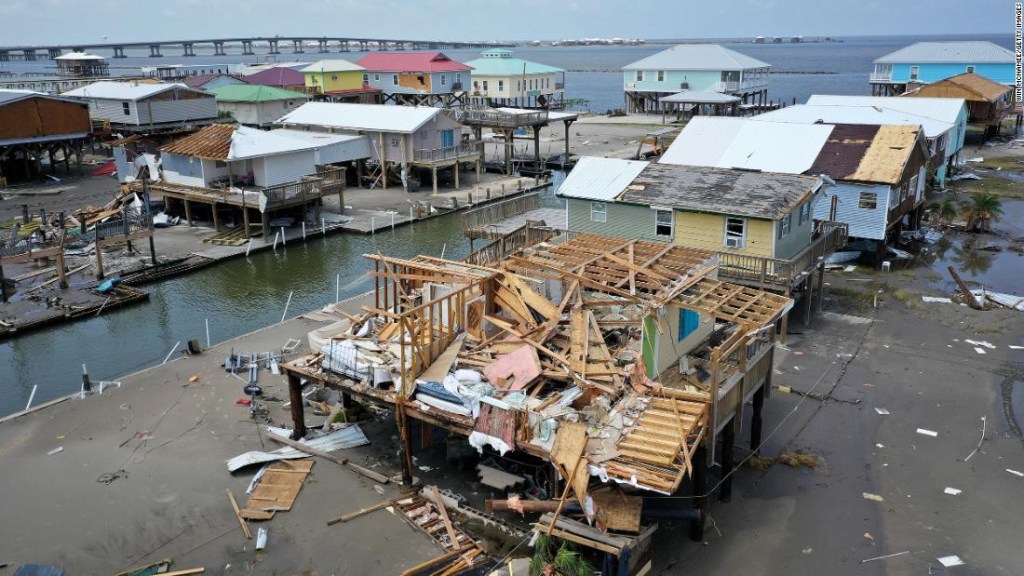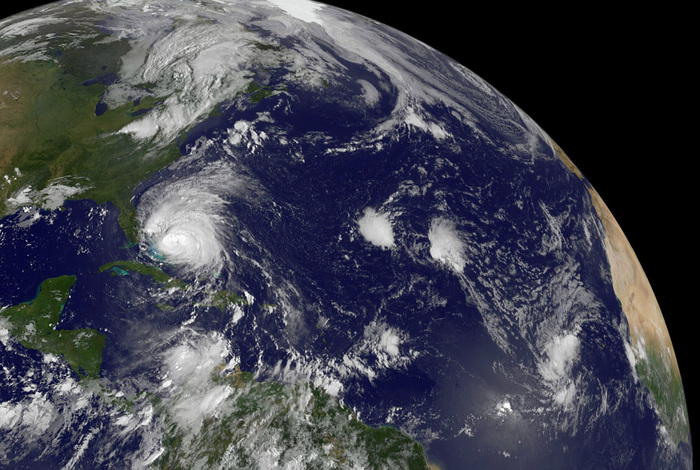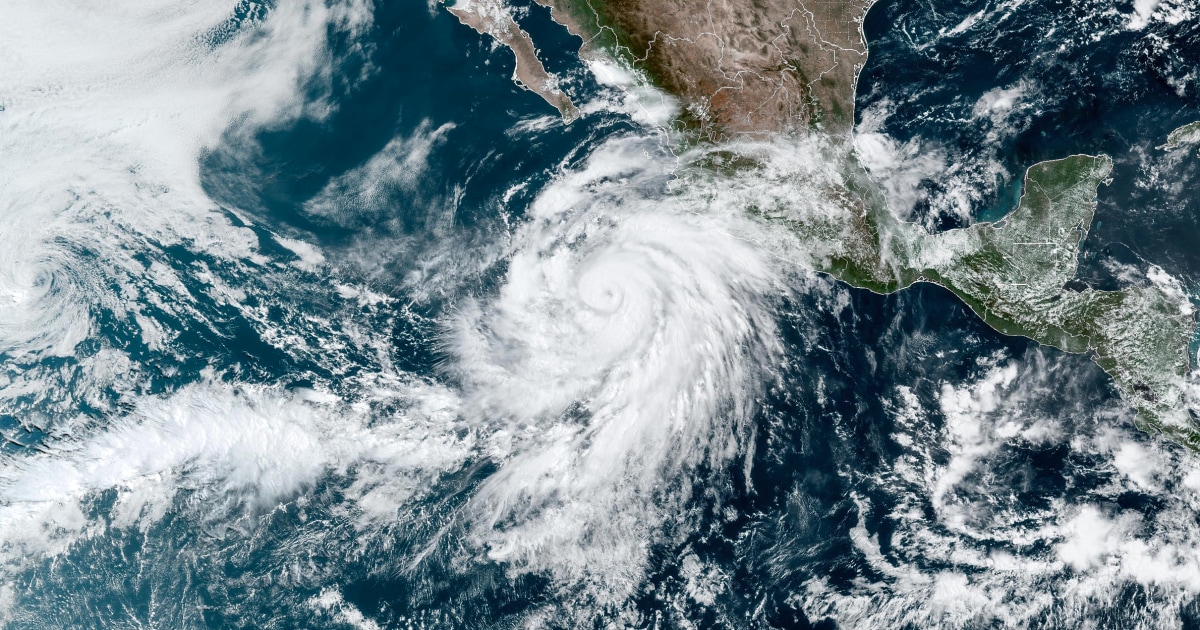(CNN) --
We're well into the third month of hurricane season, which is more than 30% of the way there, and it looks like we're off to a slow start.
People have asked me where it went, or even told me that they thought this season was going to be moved.
So I asked a hurricane expert what's going on.
"You're right! The Atlantic sure has been quiet lately," Phil Klotzbach, a research scientist at Colorado State University, said in an email to CNN.
"We had a brief burst in late June/early July with Bonnie and Colin, but it's been quiet ever since."
Hurricane Bonnie weakens: it is category 2 and advances off the coast of Mexico
And you may not even remember those two storms, especially Colin in early July.
If you blinked, you missed it.
Colin formed on land in South Carolina and barely survived for about 24 hours.
But don't dismiss hurricane season just yet.
If you have vacation plans for the next two weeks, everything is probably going to be quiet;
however, we should start to see things change slowly (or quickly).
"There are signs that things should improve as we get closer to mid-August," Klotzbach said.
advertising
One of the reasons we've had a quiet few weeks is the dry air coming in from Africa.
"This dry air suppresses storm activity, which is necessary for storm complexes moving out of Africa to thrive and become hurricanes," Klotzbach explained.
"Dry air is quite common in the tropical Atlantic at this time of the season."
A large Saharan dust devil is expelled into the Atlantic on July 26, 2022.
Many times, outbreaks of dry air are associated with Saharan dust, which you hear a lot about at this time of year.
Dry air carries the dust across the Atlantic and can reach the United States.
It can cause respiratory problems in some, but also provide resplendent sunsets and sunrises.
"Typically, by the time we get to mid-August, the heavy dust bursts (and associated dry air) tend to abate, and the tropical Atlantic becomes more conducive to hurricane formation," Klotzbach added.
What types of hurricanes are there and what do categories 1,2,3,4 and 5 mean?
Our sense of "normal" is deranged
It is also easy to lose sight of what is considered normal now.
Both 2020 and 2021 were extremely active seasons at the beginning.
2020 had 30 named storms in the entire season and I was already on named storm I (Isaiah) at this point in the season, going through the entire alphabet and a part of the Greek alphabet as well.
Last year sold out all hurricane names for the second year in a row, which had never happened before and marked the sixth consecutive "above normal" hurricane season.
Homes on Grand Isle, Louisiana, destroyed during Hurricane Ida in August 2021.
So it's no wonder we're beginning to question why not much has happened in the last few weeks.
But 2021 also had a bit of a break during this time period, where nothing formed between July 9 and August 11, which is very reminiscent of this year.
Klotzbach also noted that while El Niño and La Niña weather events are big seasonal drivers of how the season should play out, there are other events that drive shorter-term variability.
The reduction in air pollution produced an unexpected effect: the increase in hurricanes in the North Atlantic
"The Madden-Julian oscillation (MJO) can increase or decrease hurricane activity in the Atlantic," Klotzbach stressed.
"The MJO is deep storm activity that spreads across the planet every 30-60 days. In doing so, it can alter vertical wind shear and mid-level moisture levels."
This oscillation has also contributed to the lack of activity during the last month, because it has prohibited the development of thunderstorms over Africa.
Thunderstorms in West Africa tend to push west into the Atlantic, becoming the starting material for tropical development.
the season is not dead
Available names of the 2022 Atlantic hurricane season
Tropical storm and hurricane names are alphabetic and alternate between masculine and feminine.
It is rare that the entire list is needed in one season.
Alex
Bonnie
Colin
Danielle
Earl
Fiona
Gaston
ermine
Ian
Julia
karl
Lisa
Martin
Nicole
Owen
Paula
Richard
Shary
Tobias
Virginia
Walter
Source: National Hurricane Center
Although this month has been a nice break from the hurricanes, Klotzbach is confident things will change.
"Models generally forecast a more favorable pattern for the Atlantic when we get to mid-August," Klotzbach reported.
"Air is projected to rise more steadily over Africa and sink over the tropical Pacific. This pattern should lead to a reduction in vertical wind shear."
This means that we will have an environment conducive to the development of hurricanes, just in time.
"The first Atlantic hurricane forms on average August 11, and historically, 90% of major hurricanes form after August 20," Klotzbach said.
The National Oceanic and Atmospheric Administration (NOAA) and Colorado State University will release their updated hurricane forecasts for the season on Thursday, so be sure to check to see if the numbers are going up, down or the same.
Additionally, Vice President Kamala Harris will travel today to the National Hurricane Center in Miami, where she will "receive a briefing on climate resiliency as communities face climate risks such as hurricanes, floods, droughts, extreme heat and wildfires." , according to the White House agenda.
-- CNN Meteorologist Haley Brink contributed to this report.









/cloudfront-eu-central-1.images.arcpublishing.com/prisa/4EUYPOOBXBFCNJ6H6ZMOL3S2ZE.jpg)